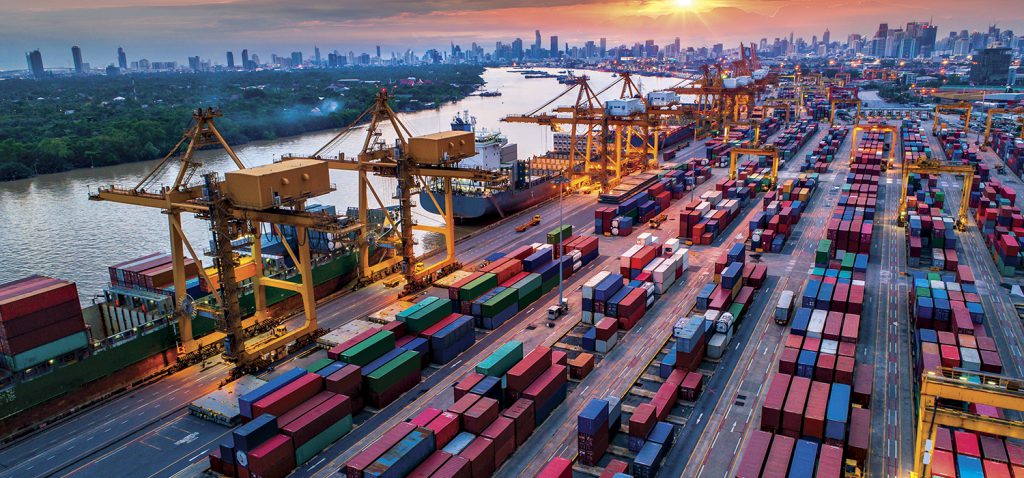SA Mining
2019 Could Be A Bumpy Ride
After a decade of low, accommodative global interest rates and quantitative easing by major economies, monetary policies are becoming less accommodative. This, together with policy uncertainty, trade protectionism and high levels of debt, has serious implications for global growth.
The US economy that accounts for roughly 24% of global GDP is firing on all cylinders – unemployment is at its lowest since 1969 (at 3.7%) and expected 2018 GDP growth could be the highest since 2005 (close to 3%). Recent tax cuts provided additional short-term stimulus and President Donald Trump pledged that the economy could grow at 4%. But the current expansionary cycle may be starting to slow down. The US already had eight interest rate hikes since 2015; a 25-basis point hike is expected in December and three more in 2019. That will bring the fed fund rate to a range of 3% to 3.25% at the end of 2019 and will not only affect the US economy, but also global markets – and especially countries that borrowed heavily in dollar terms when rates were at zero. The Federal Reserve is expecting US growth to slow to 2% in 2020 and only 1.8% in 2021 given the rate hikes, but also as the impact of recent tax cuts and government spending are fading.
The European Central Bank has also signalled that it will end its bond purchases by the end of this year and could potentially start to increase its interest rates late in 2019. This is also expected to result in a slowdown in EU GDP from the current 2.7% to 2% in 2020 (the EU accounts for roughly 16% of global GDP).
After imposing tariffs on steel and aluminium imports from a number of countries (including SA) in July, the US and China have been engaged in an escalating trade war with Trump continuing to pressure China to stop what he claims are unfair trade practices and intellectual property infringements. Although it appears that Trump may be ready to back down on his hard-line stance after the mid-term elections, much damage has already been done. The US has imposed tariffs on close to $200-billion worth of imports from China and threatened to extend it to another $267bn. China imposed retaliatory tariffs on $60bn of US imports.
The conflict is expected to not only have a negative impact on the Chinese economy, but also on the US. It will also affect trading partners and creates additional uncertainty in the world economy that is to a disadvantage of especially emerging markets. Growth in China is also anticipated to slow from 6.5% in 2018 to 6.3% in 2019, but it can be worse depending on the outcome of the trade war (China accounts for close to 19% of global GDP).
It is not surprising that the International Monetary Fund has recently lowered its growth forecasts for the world economy for 2019 and 2020, while the World Bank is also expecting lower growth over the next few years compared to expected growth for 2018.
The outlook for commodity prices is vulnerable given policy and politically related risks, including uncertainty regarding the trade war, sanctions and the value of the dollar. Lower expected global growth and especially lower growth in China will have a negative impact.
However, a faster slowdown in global growth could result in lower inflation and potentially fewer interest rate increases that would ironically be good news for commodities in the medium term. Given the current outlook, the world economy is not ready for complete monetary policy normalisation and is definitely not ready for a prolonged trade war.







 Sign-up and receive the Business Media MAGS newsletter OR SA Mining newsletter straight to your inbox.
Sign-up and receive the Business Media MAGS newsletter OR SA Mining newsletter straight to your inbox.